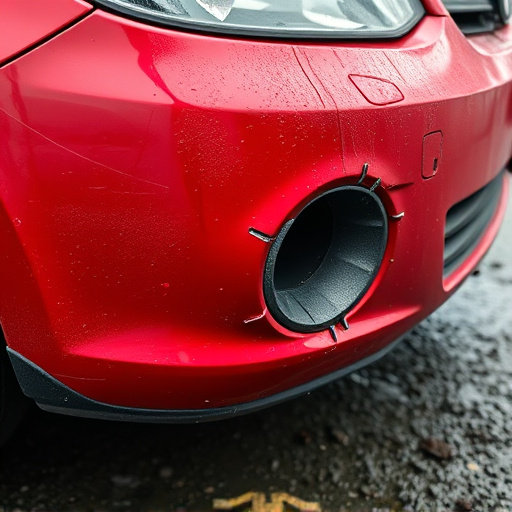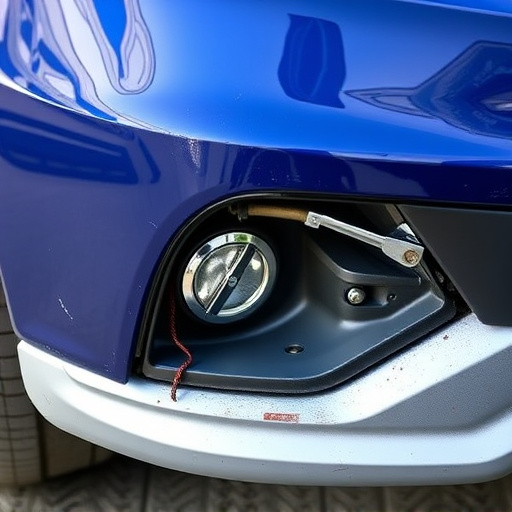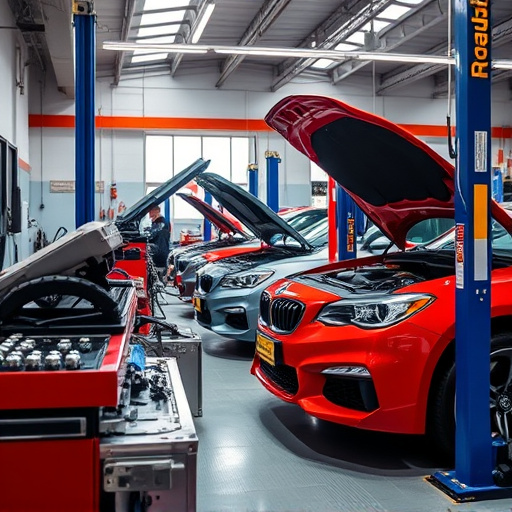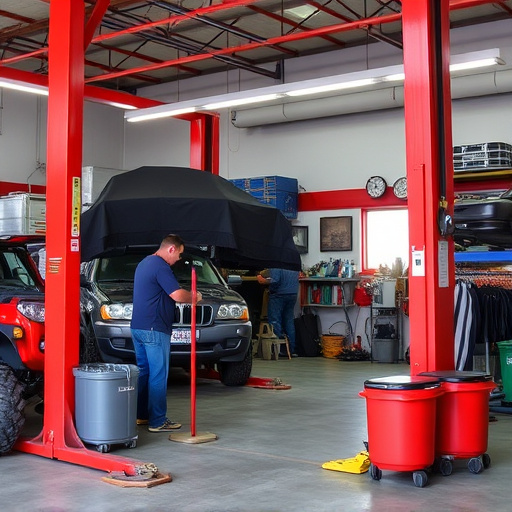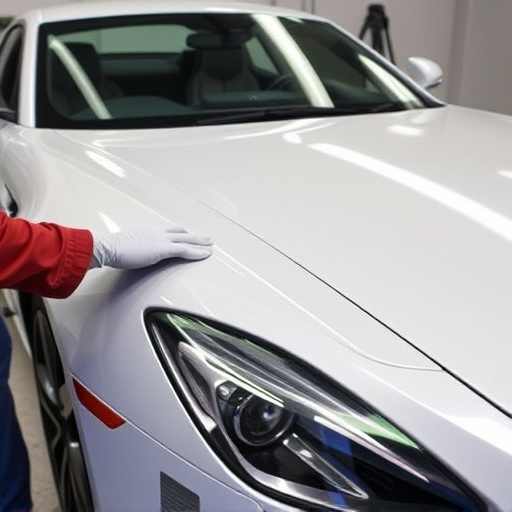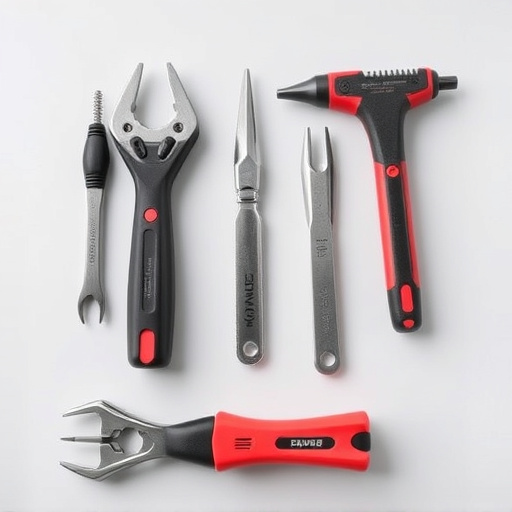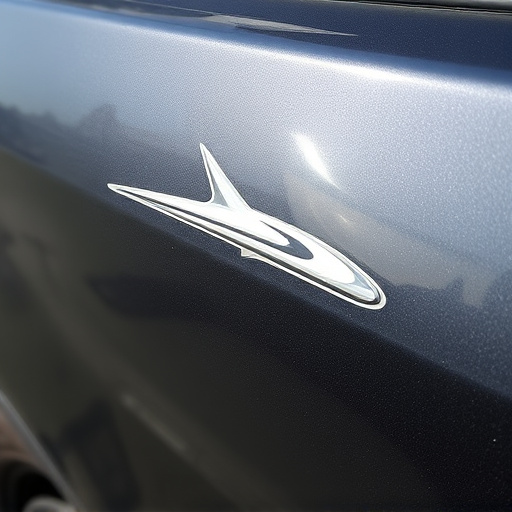The Mercedes unibody, a key structural component, is vital for occupant safety and vehicle stability. Repairs require advanced techniques to preserve its strength and integrity, directly impacting active and passive safety systems. Skilled technicians use cutting-edge technology and precision measurements to realign metal components, ensuring the vehicle's safety features remain functional after collisions, adhering to Mercedes' high standards.
Mercedes vehicles are renowned for their advanced safety systems, and a crucial component in this is the unibody structure. Understanding the intricate design of the Mercedes unibody is key to appreciating its role in enhancing passenger safety. This article explores the significance of proper unibody repair, delving into how it maintains the integrity of active and passive safety mechanisms. We’ll also highlight advanced techniques used to restore unibody functionality, ensuring optimal vehicle performance and passenger protection.
- Understanding Mercedes Unibody Structure and Its Role in Safety
- The Impact of Proper Repairs on Active and Passive Safety Systems
- Advanced Techniques for Restoring Unibody Integrity and Functionality
Understanding Mercedes Unibody Structure and Its Role in Safety
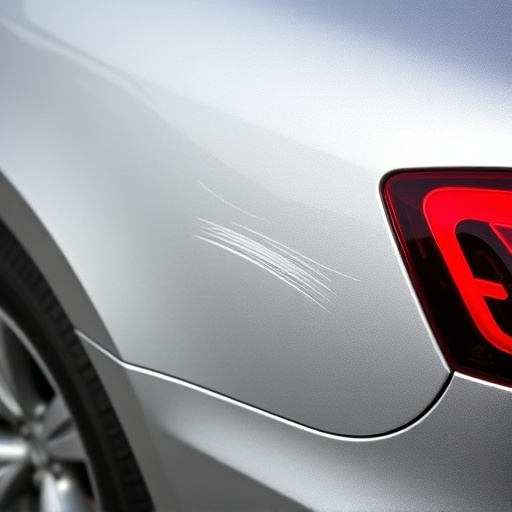
The Mercedes unibody is a sophisticated structural system designed to protect occupants and ensure the integrity of safety systems in the event of a collision. This innovative design, often referred to as a monocoque or unitized body, consists of a rigid outer shell that combines the functions of the traditional frame and body panels. Each component is engineered for optimal strength and precision, creating a seamless structure that enhances overall vehicle stability.
Understanding the unibody’s role in safety is paramount when discussing Mercedes unibody repair. In the event of an accident, this structural framework absorbs and distributes crash energy, minimizing the impact on passengers. Repairs to the unibody must be precise, ensuring the original integrity and strength are restored without compromising the vehicle’s safety systems. This meticulous process, often involving advanced techniques such as laser welding and computer-aided measurements, is crucial in maintaining the vehicle’s structural integrity and keeping occupants safe.
The Impact of Proper Repairs on Active and Passive Safety Systems
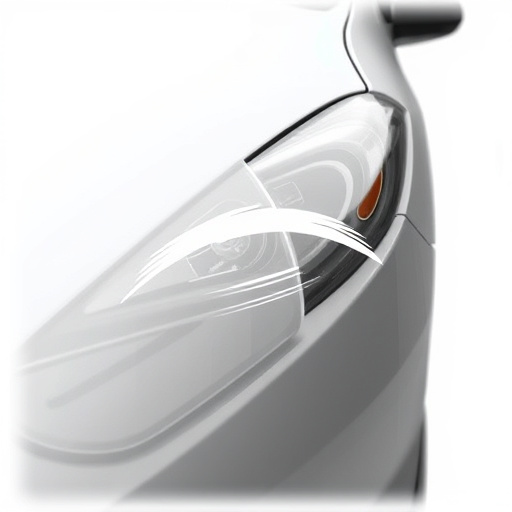
Proper repairs for a Mercedes unibody are not just about aesthetics; they’re critical for maintaining the integrity of both active and passive safety systems. Active safety features, like anti-lock brakes and electronic stability control, rely on precise sensor data and structural integrity to function effectively during an accident. Any misalignment or damage to the unibody can compromise these systems, potentially reducing their performance or rendering them useless in a collision.
Passive safety systems, such as airbags and seatbelts, are designed to protect occupants during an impact. Mercedes unibody repair specialists understand that proper alignment and structural stability ensure these systems deploy correctly and provide the necessary protection. An auto body shop with expertise in Mercedes repairs can make the necessary adjustments, ensuring that every component works harmoniously to safeguard drivers and passengers. This is especially crucial in today’s high-tech vehicles where advanced safety features are integrated into the very backbone of the vehicle.
Advanced Techniques for Restoring Unibody Integrity and Functionality
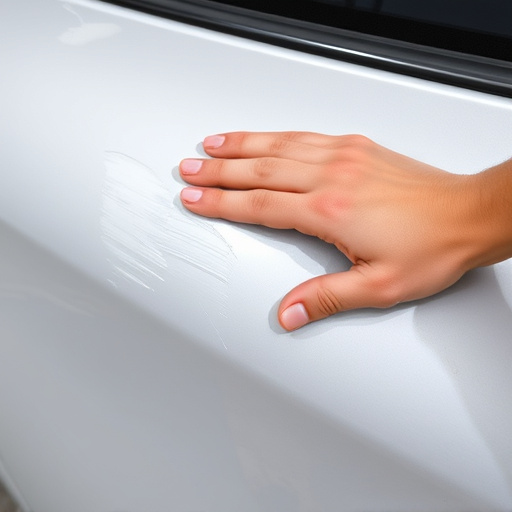
Mercedes unibody repair involves advanced techniques that have revolutionized car collision repair. Modern methods go beyond traditional dent removal to ensure the integrity and functionality of the vehicle’s structural framework, which is vital for safety systems. Technicians use sophisticated equipment and specialized training to accurately realign and reforge metal components, minimizing distortion and maintaining the original precision of the unibody.
These innovative practices integrate computer-aided design (CAD) and robotic systems, enabling precise measurements and adjustments. By combining these advanced tools with meticulous craftsmanship, automotive collision repair experts can restore a vehicle’s structural integrity, ensuring it meets Mercedes’ high standards for safety and performance after any incident, from minor fender benders to significant car collisions.
Mercedes unibody repair is a critical aspect of maintaining the integrity and safety of these sophisticated vehicles. By understanding the unibody’s role in overall vehicle stability and security, and adopting advanced restoration techniques, technicians can ensure that active and passive safety systems function optimally. This meticulous approach to Mercedes unibody repair is vital for preserving the structural integrity and performance of these high-performance machines, ultimately enhancing passenger safety on the road.


